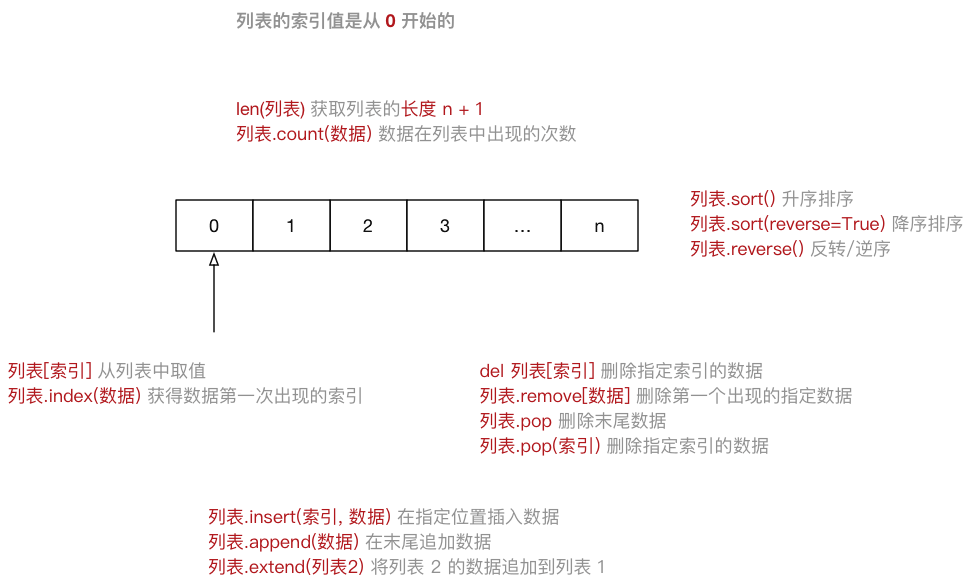pandas 层次化索引的实现方法
层次化索引是pandas的一项重要功能,它使你能在一个轴上拥有多个(两个以上)索引级别。
创建一个Series,并用一个由列表或数组组成的列表作为索引。
data=Series(np.random.randn(10), index=[['a','a','a','b','b','b','c','c','d','d'], [1,2,3,1,2,3,1,2,2,3]]) data Out[6]: a 1 -2.842857 2 0.376199 3 -0.512978 b 1 0.225243 2 -1.242407 3 -0.663188 c 1 -0.149269 2 -1.079174 d 2 -0.952380 3 -1.113689 dtype: float64
这就是带MultiIndex索引的Series的格式化输出形式。索引之间的“间隔”表示“直接使用上面的标签”。
data.index Out[7]: MultiIndex(levels=[['a', 'b', 'c', 'd'], [1, 2, 3]], labels=[[0, 0, 0, 1, 1, 1, 2, 2, 3, 3], [0, 1, 2, 0, 1, 2, 0, 1, 1, 2]])
对于一个层次化索引的对象,选取数据子集的操作很简单:
data['b'] Out[8]: 1 0.225243 2 -1.242407 3 -0.663188 dtype: float64 data['b':'c'] Out[10]: b 1 0.225243 2 -1.242407 3 -0.663188 c 1 -0.149269 2 -1.079174 dtype: float64 data.ix[['b','d']] __main__:1: DeprecationWarning: .ix is deprecated. Please use .loc for label based indexing or .iloc for positional indexing See the documentation here: http://pandas.pydata.org/pandas-docs/stable/indexing.html#ix-indexer-is-deprecated Out[11]: b 1 0.225243 2 -1.242407 3 -0.663188 d 2 -0.952380 3 -1.113689 dtype: float64
甚至可以在“内层”中进行选取:
data[:,2] Out[12]: a 0.376199 b -1.242407 c -1.079174 d -0.952380 dtype: float64
层次化索引在数据重塑和基于分组的操作中扮演重要角色。
可以通过unstack方法被重新安排到一个DataFrame中:
data.unstack()
Out[13]:
1 2 3
a -2.842857 0.376199 -0.512978
b 0.225243 -1.242407 -0.663188
c -0.149269 -1.079174 NaN
d NaN -0.952380 -1.113689
#unstack的逆运算是stack
data.unstack().stack()
Out[14]:
a 1 -2.842857
2 0.376199
3 -0.512978
b 1 0.225243
2 -1.242407
3 -0.663188
c 1 -0.149269
2 -1.079174
d 2 -0.952380
3 -1.113689
dtype: float64
对于DataFrame,每条轴都可以有分层索引:
frame=DataFrame(np.arange(12).reshape((4,3)), index=[['a','a','b','b'],[1,2,1,2]], columns=[['Ohio','Ohio','Colorado'], ['Green','Red','Green']]) frame Out[16]: Ohio Colorado Green Red Green a 1 0 1 2 2 3 4 5 b 1 6 7 8 2 9 10 11
各层都可以有名字。如果指定了名称,它们会显示在控制台中(不要将索引名称和轴标签混为一谈!)
frame.index.names=['key1','key2'] frame.columns.names=['state','color'] frame Out[22]: state Ohio Colorado color Green Red Green key1 key2 a 1 0 1 2 2 3 4 5 b 1 6 7 8 2 9 10 11
由于有了分部的列索引,可以轻松选取列分组:
frame['Ohio'] Out[23]: color Green Red key1 key2 a 1 0 1 2 3 4 b 1 6 7 2 9 10
重排分级排序
有时需要重新调整某条轴上各级别的顺序,或根据指定级别上的值对数据进行排序。swaplevel接受两个级别编号或名称,并返回一个互换了级别的新对象(但数据不会发生变化):
frame.swaplevel('key1','key2')
Out[24]:
state Ohio Colorado
color Green Red Green
key2 key1
1 a 0 1 2
2 a 3 4 5
1 b 6 7 8
2 b 9 10 11
sortlevel则根据单个级别中的值对数据进行排序。交换级别时,常用得到sortlevel,这样最终结果也是有序的了:
frame.swaplevel(0,1) Out[27]: state Ohio Colorado color Green Red Green key2 key1 1 a 0 1 2 2 a 3 4 5 1 b 6 7 8 2 b 9 10 11 #交换级别0,1(也就是key1,key2) #然后对axis=0进行排序 frame.swaplevel(0,1).sortlevel(0) __main__:1: FutureWarning: sortlevel is deprecated, use sort_index(level= ...) Out[28]: state Ohio Colorado color Green Red Green key2 key1 1 a 0 1 2 b 6 7 8 2 a 3 4 5 b 9 10 11
根据级别汇总统计
有时需要重新调整某条轴上各级别的顺序,或根据指定级别上的值对数据进行排序。swaplevel接受两个级别编号或名称,并返回一个互换了级别的新对象(但数据不会发生变化):
frame.sum(level='key2') Out[29]: state Ohio Colorado color Green Red Green key2 1 6 8 10 2 12 14 16 frame.sum(level='color',axis=1) Out[30]: color Green Red key1 key2 a 1 2 1 2 8 4 b 1 14 7 2 20 10
使用DataFrame的列
将DataFrame的一个或多个列当做行索引来用,或将行索引变成Dataframe 的列。
frame=DataFrame({'a':range(7),'b':range(7,0,-1),
'c':['one','one','one','two','two','two','two'],
'd':[0,1,2,0,1,2,3]})
frame
Out[32]:
a b c d
0 0 7 one 0
1 1 6 one 1
2 2 5 one 2
3 3 4 two 0
4 4 3 two 1
5 5 2 two 2
6 6 1 two 3
DataFrame的set_index函数会将其一个或多个列转换为行索引,并创建一个新的DataFrame:
frame2=frame.set_index(['c','d'])
frame2
Out[34]:
a b
c d
one 0 0 7
1 1 6
2 2 5
two 0 3 4
1 4 3
2 5 2
3 6 1
默认情况下,那些列会从DataFrame中移除,但也可以将其保留下来:
frame.set_index(['c','d'],drop=False)
Out[35]:
a b c d
c d
one 0 0 7 one 0
1 1 6 one 1
2 2 5 one 2
two 0 3 4 two 0
1 4 3 two 1
2 5 2 two 2
3 6 1 two 3
reset_index的功能和set_index刚好相反,层次化索引的级别会被转移到列里面:
frame2.reset_index() Out[36]: c d a b 0 one 0 0 7 1 one 1 1 6 2 one 2 2 5 3 two 0 3 4 4 two 1 4 3 5 two 2 5 2 6 two 3 6 1
以上就是本文的全部内容,希望对大家的学习有所帮助,也希望大家多多支持【听图阁-专注于Python设计】。


